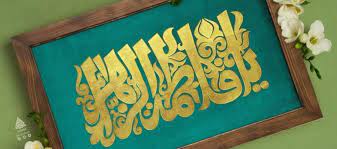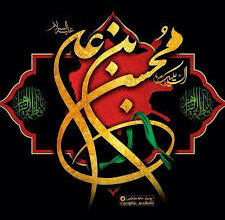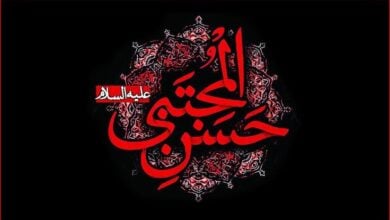24th of Shaban Commemorates Sorrowful Passing of Ayatollah Mirza Muhammad Hasan Shirazi
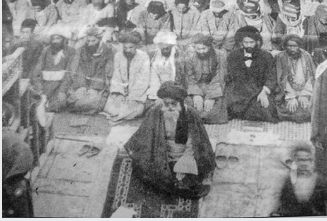
One and a half centuries ago, following the passing of Sheikh Morteza Ansari, the leadership of the Shia community was entrusted to Mirza Shirazi.
On the 24th of Sha’ban, we commemorate the anniversary of the passing of Grand Ayatollah Sayyid Muhammad Hasan Shirazi, who was the maternal grandfather and uncle of Grand Ayatollah Sayyid Sadiq al-Husseini al-Shirazi. During his lifetime, he was the undisputed leader of the Marja’iyyah and is renowned for his famous fatwa prohibiting tobacco, which brought British colonialism to its knees.
Grand Ayatollah Mirza Muhammad Hasan Shirazi was born in 1230 AH in Shiraz. He began his religious studies at the age of four and completed his preliminary education by eight. After mastering jurisprudence and principles, he attended the lectures of Sheikh Muhammad Taqi, one of the educators in Shiraz, at twelve years old, and subsequently moved to the “Sadr” school in Isfahan, where he engaged in both rational and traditional sciences.
He spent ten years in Isfahan, benefiting from the teachings of esteemed scholars such as the late Sheikh Muhammad Taqi Isfahani, Mirza Hasan Khatun Abadi, and Allameh Sheikh Muhammad Ibrahim Kalbasi (Karbasi). In 1259 AH, he migrated to Najaf.
At the age of 29, Mirza Shirazi arrived in Karbala, then moved to Najaf, where he attended Sheikh Ansari’s classes and became one of his distinguished students. After the passing of Sheikh Morteza Ansari in 1281 AH, the leadership of the Shia community was entrusted to the great Mirza Shirazi, who dedicated three decades to addressing the issues of the people and managing the seminaries.
During his leadership, Mirza Shirazi produced numerous students and authored multiple books, including:
- A treatise on the conjunction of command and prohibition
- A book on jurisprudence from the beginning of “Makasib” to the end of transactions
- A treatise on breastfeeding
- Commentaries on various significant texts in Islamic jurisprudence
Among his notable students were Ayatollahs Sayyid Muhammad Kazem Yazdi, Mirza Muhammad Hasan Nayini, Akhund Mullah Muhammad Kazem Khorasani, and many others.
After performing Hajj in 1282 AH and residing in Najaf and later Karbala, he journeyed to Kadhimayn in the middle of Sha’ban 1290 AH, eventually reaching Samarra by the end of Sha’ban 1291 AH.
In Samarra, he established a teaching platform, attracting many of his students from Najaf and forming the seminary of Samarra. His presence revitalized Shia Islam in the city, leading many scholars, traders, and merchants to migrate there.
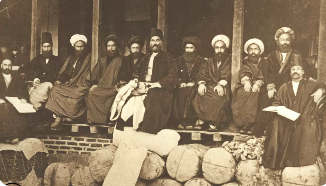
One significant event during Mirza Shirazi’s leadership was the Tobacco Protest. Following the granting of a monopoly on tobacco to the Régie Company in four Iranian cities, protests erupted, led by four of his students: Sheikh Fazlollah Nouri in Tehran, Aqa Najafi Isfahani in Isfahan, Sayyid Ali Akbar Falasiri in Shiraz, and Mirza Javad Mujtahid Tabrizi in Tabriz. His historic ruling against the tobacco monopoly mobilized the public to such an extent that Naser al-Din Shah Qajar was compelled to annul the tobacco contract.
Ayatollah Al-Uzma Sayyid Muhammad Hasan Shirazi passed away on the 24th of Sha’ban 1309 AH at the age of 82 due to tuberculosis, with some attributing his death to poisoning, suggesting he was martyred.
Following his passing, tribes from Iraq, prominent scholars, followers of other Islamic sects, and non-Muslims transported his sacred body from Samarra to Kadhimayn, then to Karbala, and finally to Najaf. This journey spanned several hundred kilometers and lasted nine days, culminating in his burial on the second day of Ramadan at the Mojaddid Shirazi School, located to the north near the Tusi Gate outside the holy shrine.


